by Charles Webb
Like many others, I was first introduced to the I Ching in the 1960s by Alan Watts and the Wilhelm/Baynes translation of the world’s oldest book with the well known foreword by Carl Jung.
I used to carry the huge hardback around to coffee houses, open it over espresso, attempt to penetrate the text and the commentaries, but not get much further than that.
In 1985 I spent some time shooting a documentary series about various martial art forms in mainland China. Over lunch one day at a Buddhist temple restaurant in Shanghai, the 80 year old Tai Chi master I was sitting next to demonstrated his mastery of chi by showing me how he could make the hairs of his arm stand on end at will.
He then told me that he was going to give me an I Ching reading, and without yarrow stalks or coins, produced a hexagram in the form of six pinkish raised lines on his outstretched forearm. Needless to say, this demonstration got my attention and the attention of others in the group.
The hexagram he produced was #53 in the typical I Ching sequence, Development or Gradual Progress. He laughed and said that this applied to the film we were shooting, which was behind schedule on that particular day. I told this story often, but did not renew my pursuit of the I Ching until ten years later.
My third encounter with the I Ching was the result of a startlingly powerful synchronicity, which, let’s just say, sealed my relationship with the oracle, and, eventually, resulted in this article.
I had just bought a copy of “Tao of Chaos” by Katya Walter, and had been reading it over an espresso, as I had done years before with the Wilhelm version. The book discusses the fractal nature of reality and the correspondences between the structure of DNA and the I Ching.
In it she talks about her personal relationship with the I Ching and suggests a method of consulting the oracle using the “Method of Sixteen” instead of coins or yarrow stalks.
With this method, one places sixteen identical objects, e.g. marbles of different colors – seven of a color (say black) representing yin (broken line), five of a color (say white) representing yang (unbroken line), three of a color (say red) representing changing yang, and one of a color (say blue) representing changing yin – in a bowl or pouch, then draws one out for each line of the hexagram, bottom line first.
After the draw, the marble is replaced before the next draw until all six lines are chosen. This method produces a distribution of results that is the same as the yarrow stalk method. In the book, she also highly recommends using a version of “The I Ching” by Brian Browne Walker, which I use to this day.
In any case, the coffee house where I was reading the book was in North Beach near Chinatown in San Francisco. I left the coffee house, hailed a cab and got in the back seat.
The cab driver, a Chinese guy in his late 30s (who wants to remain anonymous) grinned at me and asked where I wanted to go in the thickest Mississippi accent that I had heard since leaving the south years before. I grew up in west Tennessee, so I recognized the accent, but coming from a Chinese cab driver in Chinatown was bizarre to the point of being almost impossible to process.
During the cab ride things progressed from surreality into high weirdness, but first, a little history.
Following the civil war, Mississippi plantation owners in search of cheap labor encouraged Chinese to migrate to the delta (primarily Washington County) from California. When this arrangement did not work out, the Chinese, most of whom were originally from the Sze Yap district of south China and well versed in commercial enterprises, opened small grocery stores that catered to the underserved ex-slave sharecroppers of the area.
Shunned by the white population, these Chinese eventually intermarried and culturally mingled with the African American community members who were their customers. This cultural mixing included folk medicine and folk magic practices from both groups.
Hoodoo said hello to I Ching divination and Chinese herbalism.
The cab driver’s great grandfather was one of the Mississippi delta grocers. Their small store at a crossroads (naturally), miles from a town of any size, flourished in the 1920s and 30s.
His son married an African American woman from a family of root workers and the back part of the store became a conjure apothecary and “office” for her, and later for the cab driver’s mother as well.
(Check out youtube for an interesting short video on the Mississippi Chinese)
The cab driver escaped Mississippi and was working his way through Berkeley driving cab at the time that he picked me up. He had read Katya Walter’s book (he was studying math and computer science) and informed me that the I Ching casting method she described was old hat to him.
The cab driver and I became (and still are) friends and he taught me many things about not only the I Ching and chaos theory but also Chinese delta conjure and how his family (terrifyingly) has co-mingled it with Taoist sorcery practice.
The two methods from different sides of the world are curiously similar in many, many ways. But that’s another story.
Here’s a brief description of the cab driver’s mother’s method of I Ching casting. Sixteen playing cards are used instead of marbles. The information on the cards provides a card reading at the same time the hexagram lines are being selected.
The sixteen cards include seven Queens of mixed suits with a yin (broken) line drawn at the “top”, five Kings of mixed suits with a yang (unbroken) line drawn at the “top”, three Aces of mixed suits with a changing yang (—o— ) line at the top and a single Joker with a changing yin ( —x— ) line at the bottom.
The image below illustrates one way this configuration of cards may be put together. The symbols for changing lines I present here reflect modern convention and are not representative of the way the cards were marked in the 1920s, but some way of indicating the “top” of a card was always used.
To create a hexagram, the reader would have the querent shuffle the cards, then pick one and place it face up in front of them.
The card would, of course, carry the information about the hexagram line in question as well as being either a King, Queen, Ace or Joker, being either black or red (except the Joker), being of a particular suit and being upright or reversed (if the line marking is at the bottom when the card is turned).
This information is noted for each line and then used as the basis for a card reading as well as an I Ching reading. The I Ching text is then consulted as part of the overall interpretation of the particular resulting hexagram.
Card reading conventions used by the particular reader are used to complete the picture. One good source of playing card divination interpretations and lore is “A Deck of Spells” by Professor Charles Porterfield.
Space does not permit me to review either I Ching or card reading interpretations in this article, but what a typical casting looks like may be viewed in the accompanying image.
I plan to deal with this divination method in more detail, get into conjuration and spell casting using this combined playing card/I Ching approach, as well as I Ching bibliomancy in future articles.
About The Author:
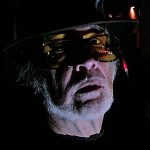 Charles Webb is a San Francisco based filmmaker, practitioner of various of the occult arts and founder of the reality handling method Cinemorphics, (Alchemical Conjuration Technique – A.C.T.). His latest book, “Quick-Knife Hoodoo”, is available at Amazon.
Charles Webb is a San Francisco based filmmaker, practitioner of various of the occult arts and founder of the reality handling method Cinemorphics, (Alchemical Conjuration Technique – A.C.T.). His latest book, “Quick-Knife Hoodoo”, is available at Amazon.
featured Image – Source
other Images: Author’s own
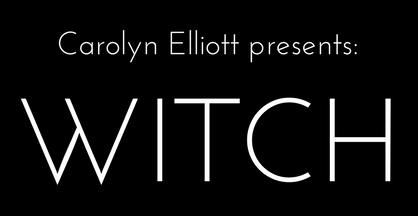

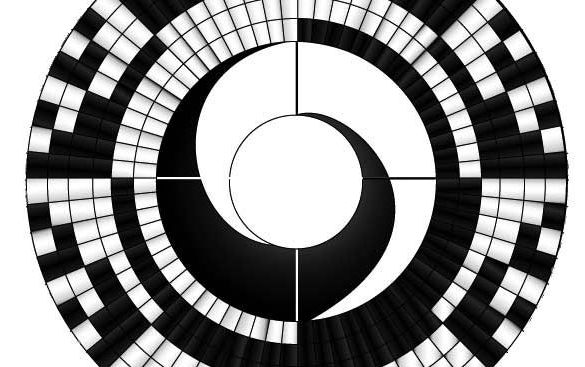


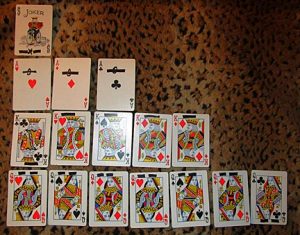




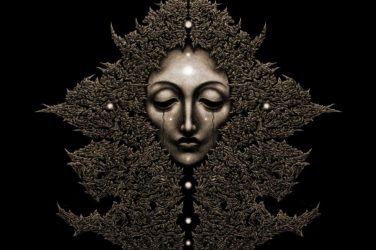
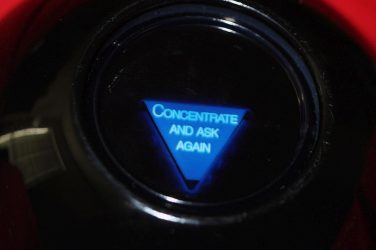
Show Comments (2)